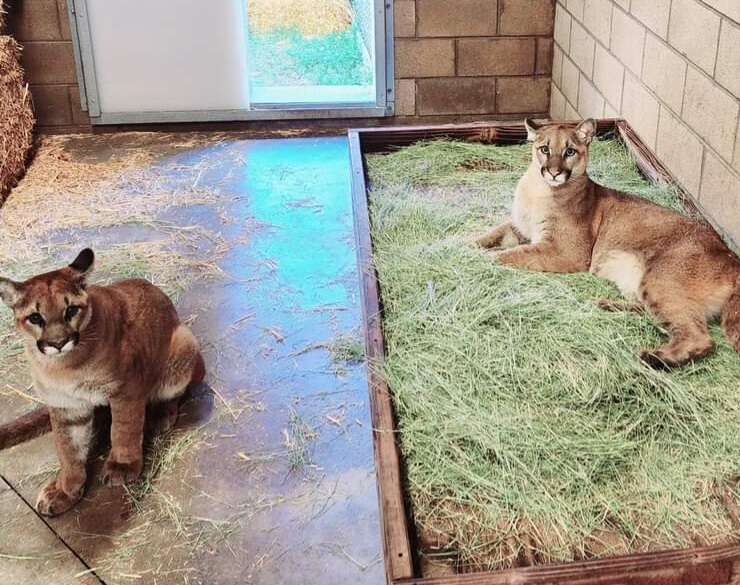
Holly/Hazel: Found orphaned in the Santa Cruz mountains within a couple weeks of each other at the end of 2022. Both cubs were brought to Oakland Zoo by…
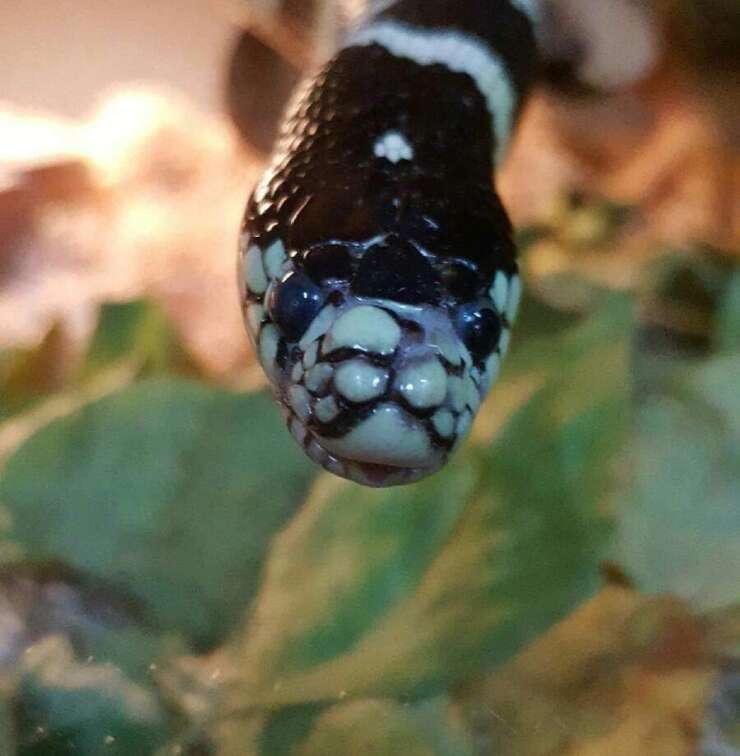
King Snake at the Zoo: Zeus Description Highly variable in appearance. Most commonly seen with alternating bands of black or brown and white or light yellow, including the…
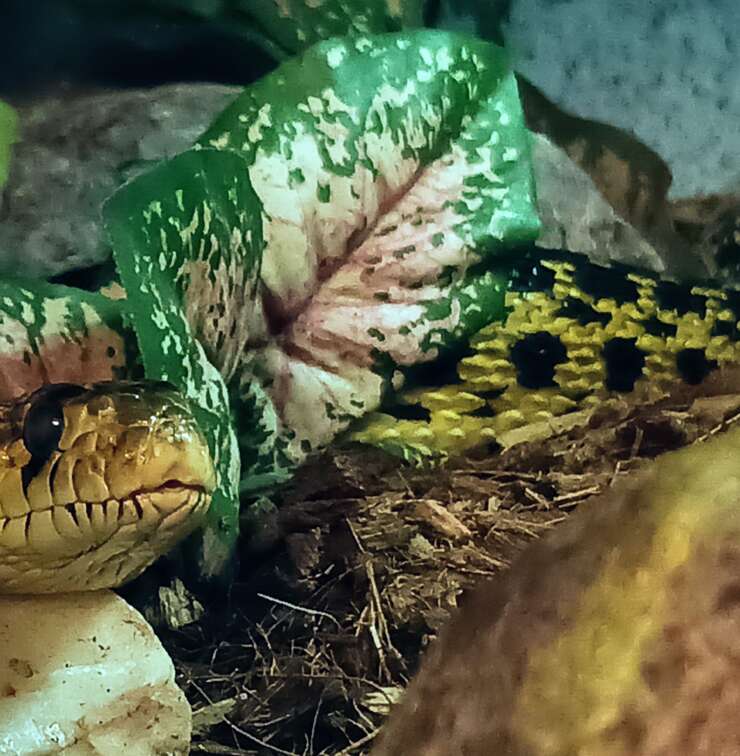
Large and heavy-bodied snake which can reach 9 feet in length, but 4 feet is much more common. On its back are 33 to 66 light to dark brown or reddish blotches.
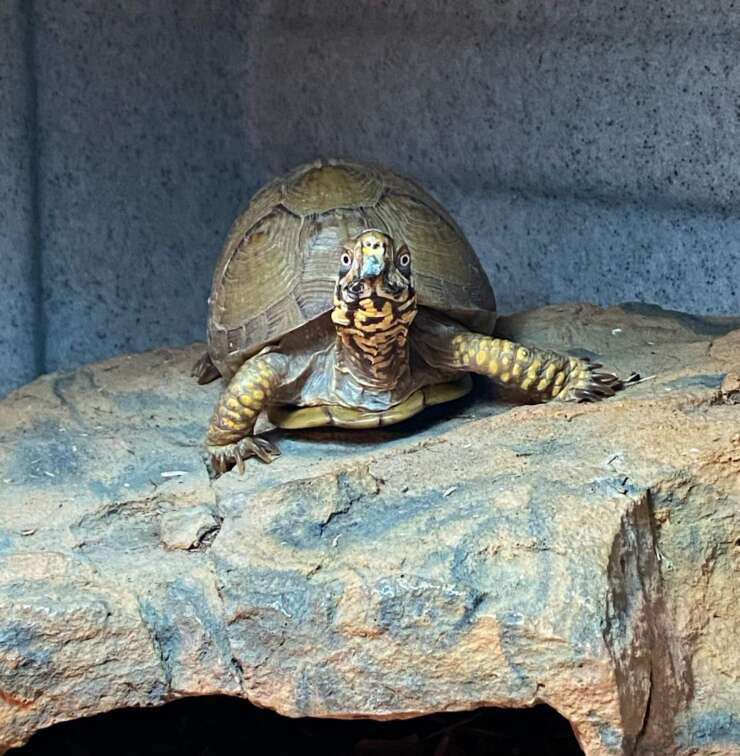
Box Turtles are mid-sized, terrestrial turtles – about 4-6”– with a high, rounded shell that is dark with many yellow or orange patches. The carapace pattern is variable and becomes less prominent with age. There are four toes on each hind foot.
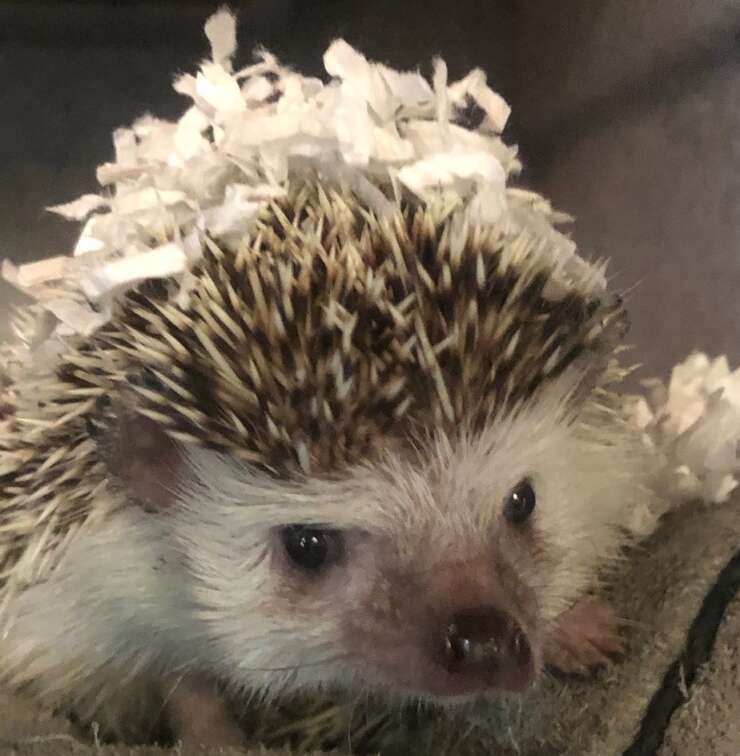
African Pygmy Hedgehogs at the Zoo: Quilliam – surrendered pet Description The African Pygmy Hedgehog (Atelerix albiventris), or four-toed hedgehog, is a tiny mammal that is covered…
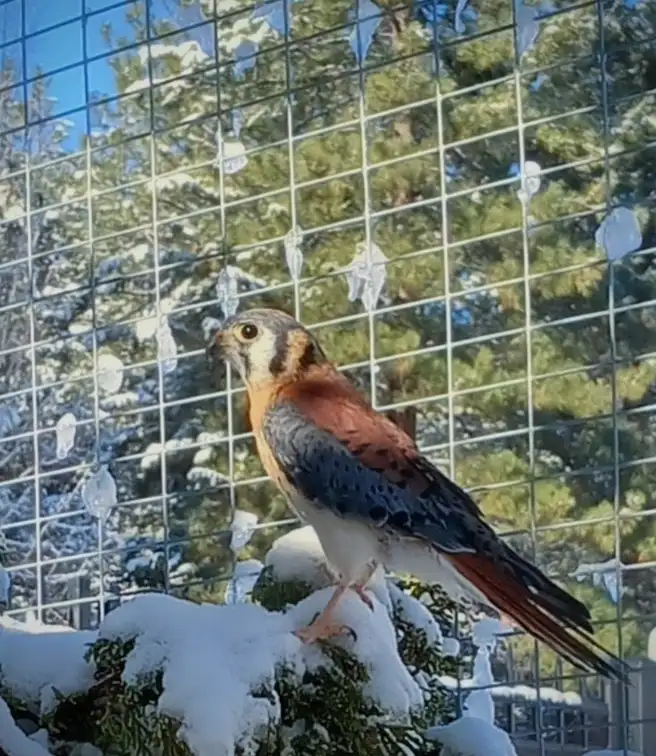
North America’s smallest falcon is also the most widespread. Normally hunts from a high perch, swooping down to capture prey. They have a wide variety of prey options and individuals will often specialize in one type or another.
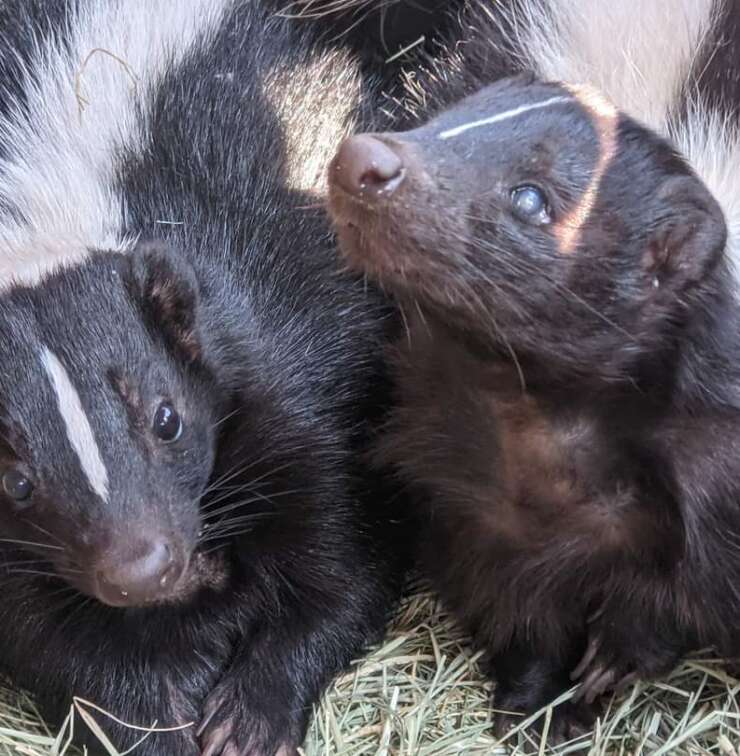
Animals at the Zoo Durian – Rescued in 2020 – Blind Trillium- Donated from Rehabilitator 2021 Eddy and Ozzy- Rescued in 2021 Description (mephitis mephitis) A stout, short-limbed animal with…
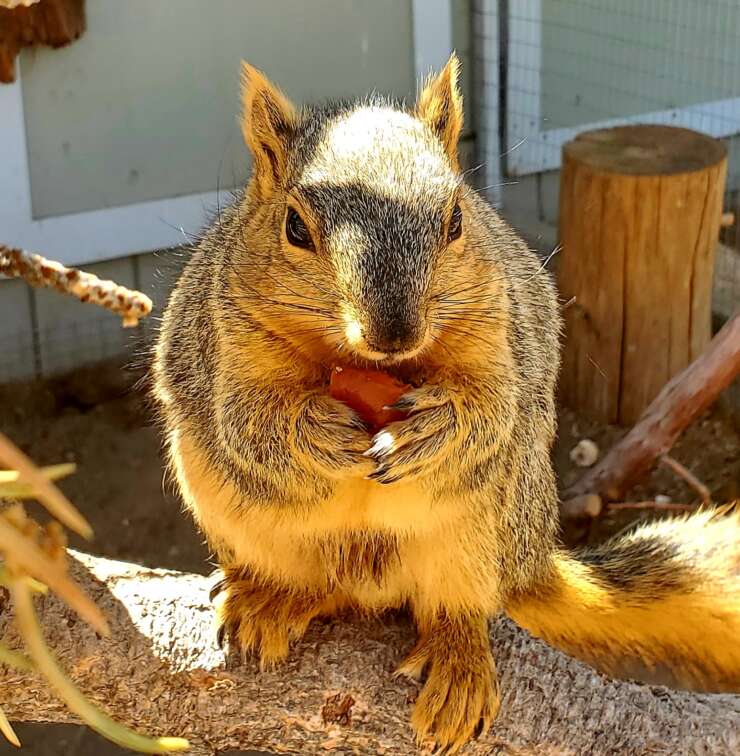
Highly adaptive, large, North American squirrel. In most parts of Southern California their upper body is brown/grey with a brown/orange underside.
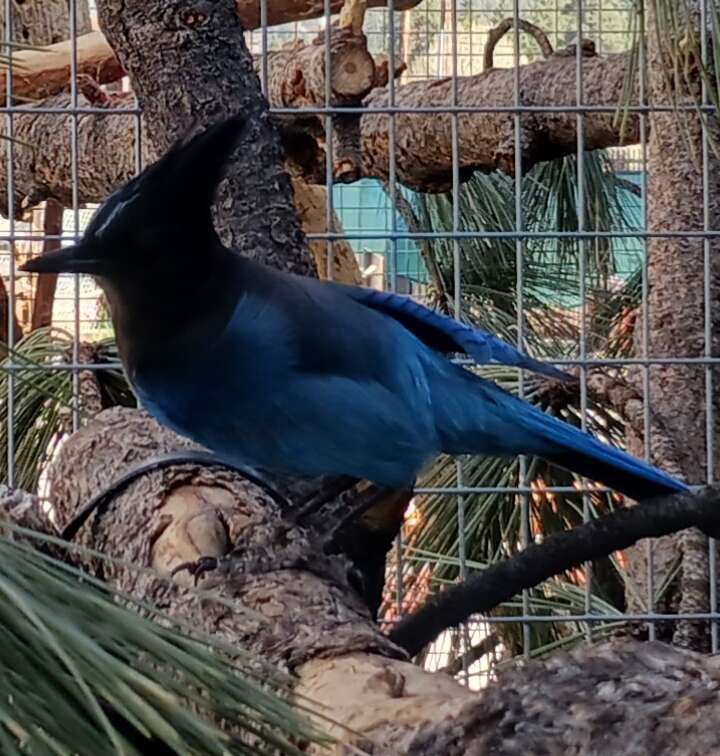
Very common in western forests; predominantly located in coniferous woods. Mostly lives in flocks except when nesting.
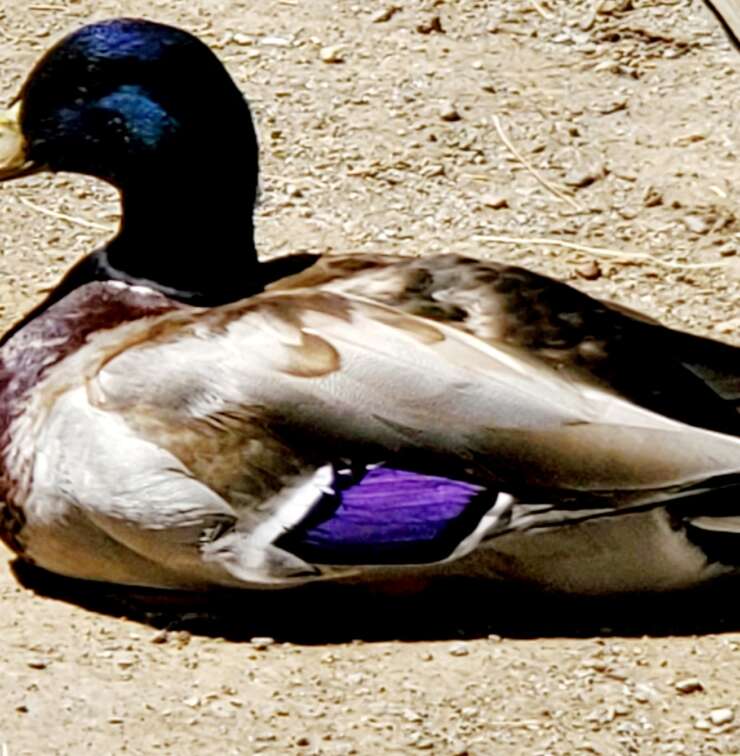
One of the most abundant ducks in the world and the ancestor to most blood lines of domestic ducks. They forage in water by dabbing or submerging their head and neck; on land, they graze, pluck seeds and will even grub for roots
